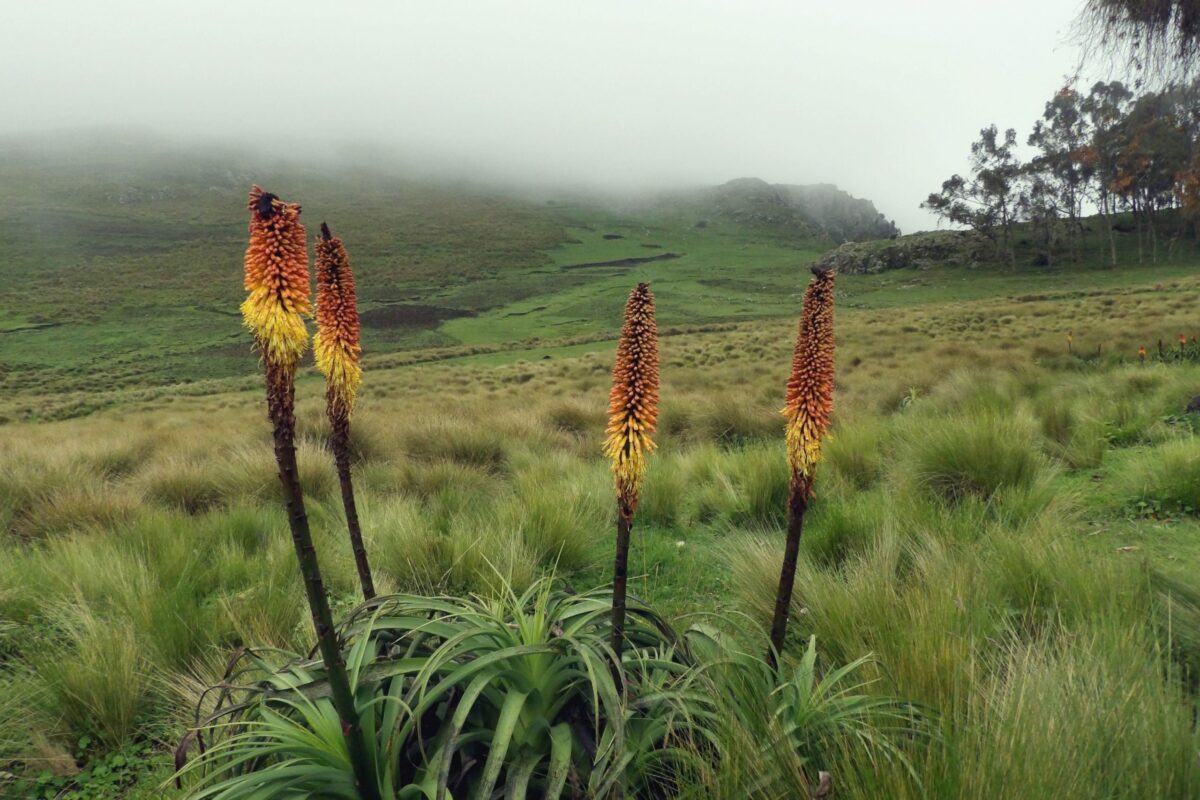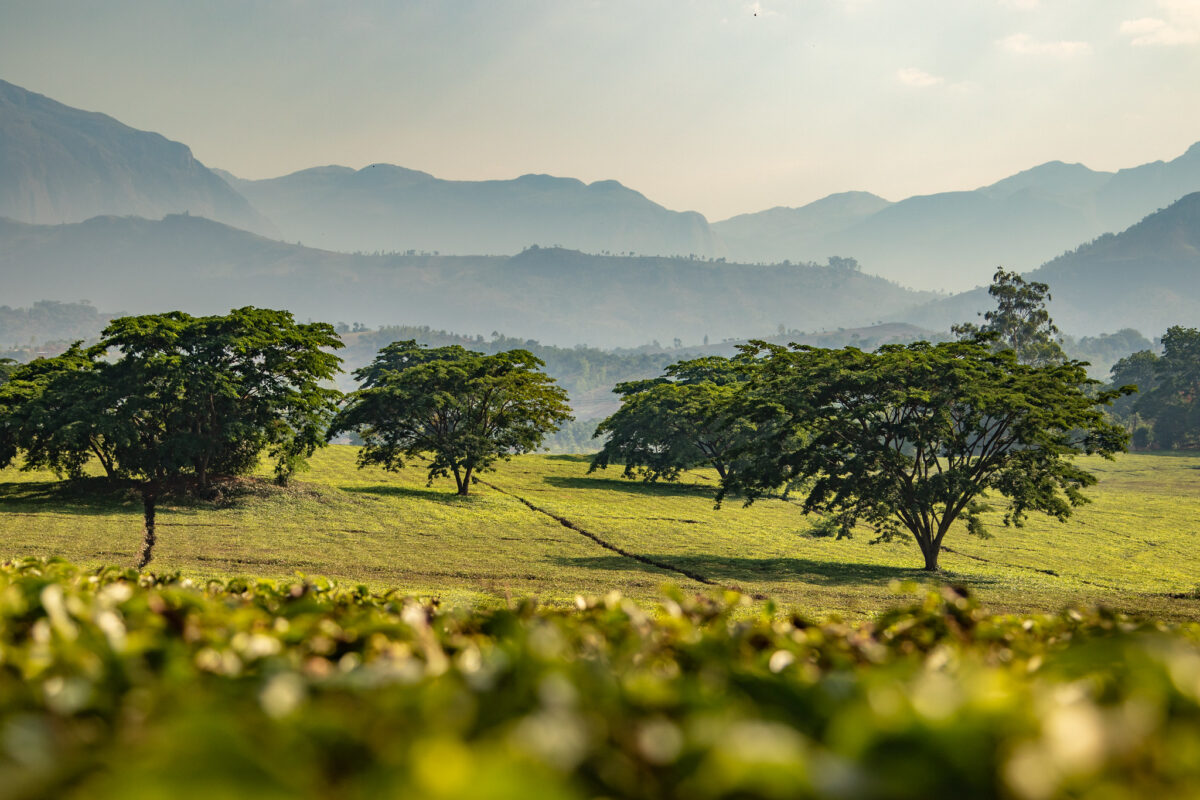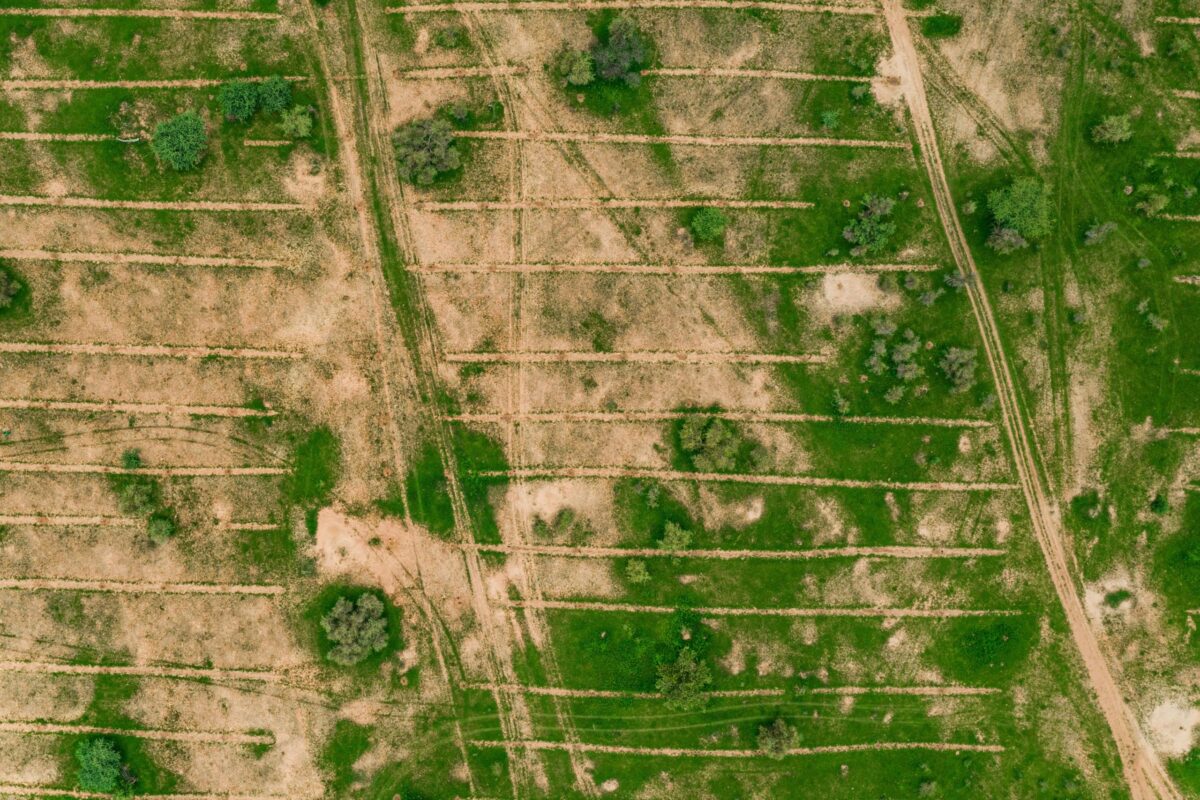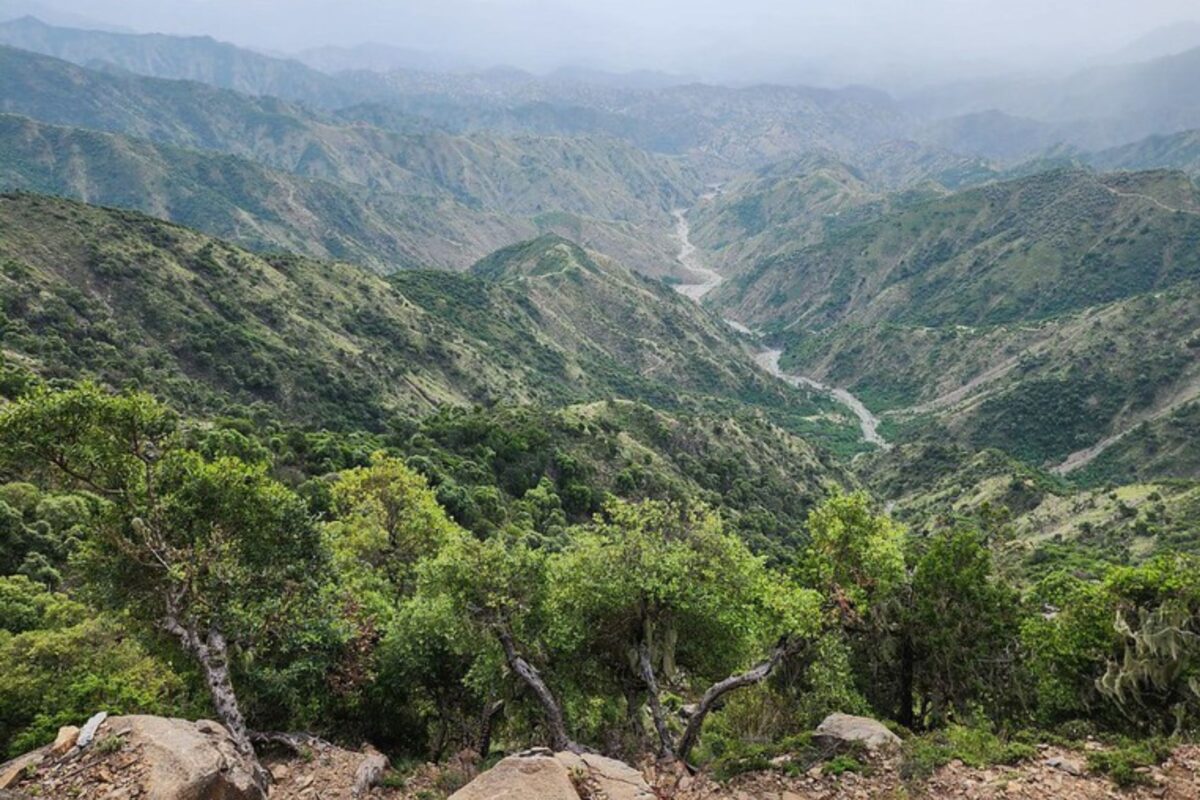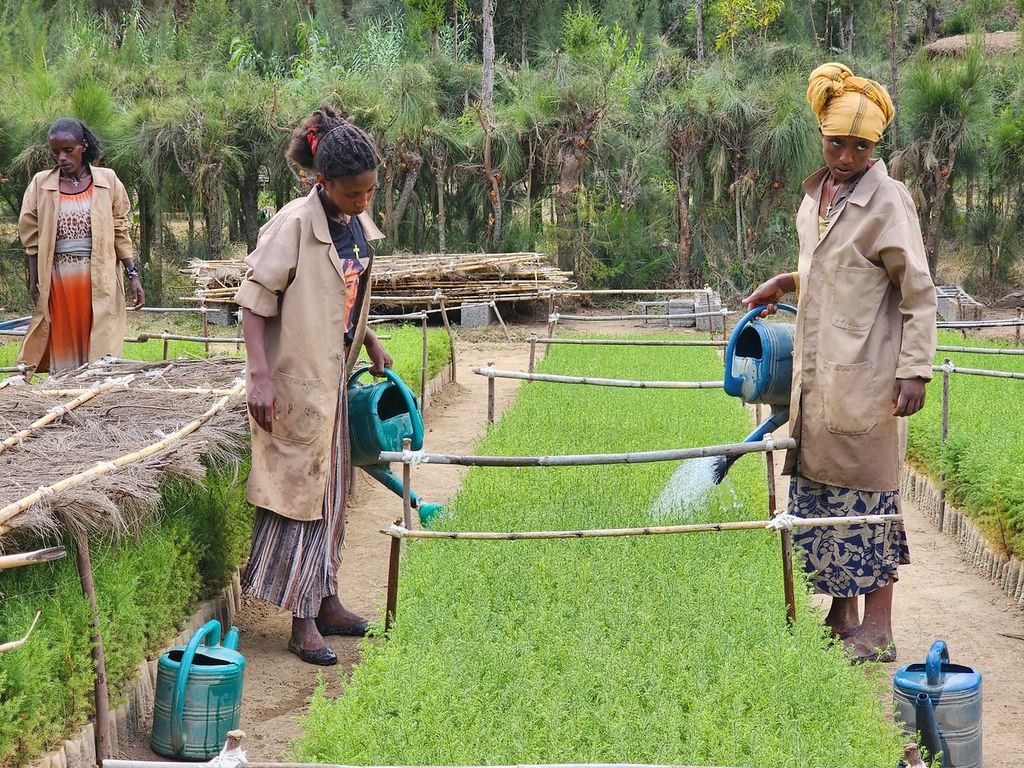The flux tower – which will measure the exchange of water, energy and carbon (CO2) between forests and the atmosphere – is part of a research project led by the University of São Paulo’s Escola Superior de Agricultura Luiz de Queiroz (ESALQ) and the French Agricultural Research Centre for International Development (CIRAD). Flux towers like this one help improve scientists’ understanding of how forest restoration impacts water and climate processes and allow them to predict how forests will respond to the changing climate, and vice versa: how changes in land use, such as deforestation, could impact climate change.
As well as supporting the maintenance of the flux tower, WeForest provided the seedlings to plant a new 30 hectare experimental restoration forest comprising a mix of six native species at the site, the University of São Paulo’s Itatinga research station in São Paulo state. Equipment to measure carbon, water and energy fluxes will be installed later this year, along with soil water and temperature sensors, and the flux tower will grow as the trees grow.
WeForest’s involvement in the project will help improve our restoration and management techniques to maximise benefits for water and climate.


